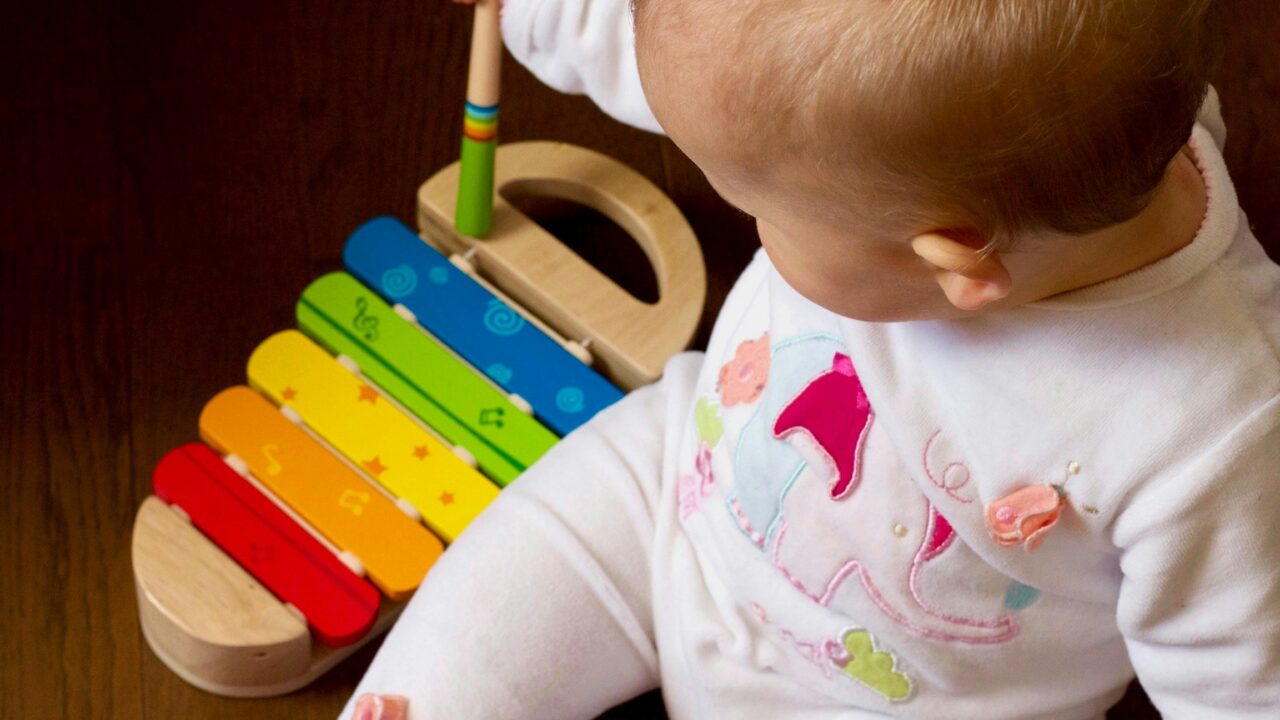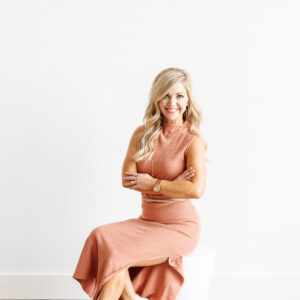Physical Therapy for Cerebral Palsy

Physical Therapy for Cerebral Palsy: Empowering Movement and Independence

Understanding Cerebral Palsy
Cerebral Palsy (CP) is a collective term for a range of disorders that primarily impact movement and posture. This condition arises from abnormal brain development or brain injuries, often occurring before, during, or shortly after birth. Cerebral Palsy stands as the most prevalent motor disability among children, influencing their ability to move and maintain balance.
Types of Cerebral Palsy
Cerebral Palsy presents itself in various forms, as each individual experiences unique symptoms and challenges. To better understand these differences, healthcare professionals classify CP into four main types based on the affected areas of the brain.
Spastic Cerebral Palsy
Spastic CP is the most common variant, characterized by increased muscle tone, which leads to stiffness. Children with spastic CP often find it challenging to walk due to the tightness in their hip and leg muscles, which tends to draw their legs closer together. This can create hurdles in everyday activities and affect overall mobility.
Dyskinetic Cerebral Palsy
Dyskinetic CP is marked by uncontrolled movements in the hands, arms, feet, and legs. These movements can vary widely, appearing either rapid and jerky or slow and fluid. Dyskinetic CP may also affect facial muscles, complicating speech and eating. Children with this type of CP may experience fluctuating muscle tone, shifting from rigid to overly relaxed multiple times throughout the day.
Ataxic Cerebral Palsy
Ataxic CP is primarily associated with balance difficulties. Children with this type may struggle with walking and find it challenging to perform tasks that require precise movements or quick reactions. This can make even simple activities feel daunting.
Mixed Cerebral Palsy
Mixed CP encompasses a combination of the symptoms and characteristics of the other types. Children diagnosed with mixed CP may display features from spastic, dyskinetic, or ataxic forms, leading to a complex interplay of challenges.
The Role of Physical Therapy
Physical therapy is a cornerstone in the management of Cerebral Palsy, focusing on enhancing mobility and promoting independence. The brain’s neuroplasticity—its ability to form new connections—means that targeted exercises can lead to improvements in motor skills and overall quality of life for children with CP.
Goals of Physical Therapy
The primary goal of physical therapy for a child with Cerebral Palsy is to foster mobility and independence. By engaging in specific exercises, children can develop better control over their muscles and movements, ultimately enhancing their functional capabilities. This process not only helps in managing symptoms but also boosts confidence and encourages participation in everyday activities.
At-Home Physical Therapy Exercises
While personalized therapy is ideal, it isn’t always feasible for every family. Fortunately, there are effective exercises that parents can incorporate into their child’s routine at home. Here are some helpful activities designed to promote mobility and independence:

1. Balance and Weight Shifting
Exercise:
Stabilize your child and have them place one foot on an elevated surface (like a low stool or step). Practice switching legs while encouraging them to push through their heels to maintain balance.
Why it Helps:
Balance is critical for children with CP, as it underpins many daily activities. Practicing weight shifting enhances muscle control, which is essential for more complex movements.
2. Strengthening Exercises
Exercise:
Have your child lie on their back with a basket or bowl positioned at their feet. Encourage them to raise their legs toward a vertical position, place a bean bag or stuffed animal between their feet, and slowly lower their legs to deposit the item in the basket.
Why it Helps:
This core-strengthening exercise targets the muscles associated with balance and coordination. Building strength is vital for improving overall motor function and mobility.
3. Gross Motor Skills Development
Exercise:
Chasing bubbles can be a fun and engaging way to promote gross motor skills. Blow bubbles and encourage your child to chase and pop them with their hands.
Why it Helps:
This playful activity helps children improve their tracking abilities and reflexive movements, as they react to the unpredictable paths of the bubbles. It enhances both physical engagement and enjoyment.
4. Sit-to-Stand Transitions
Exercise:
Assist your child in practicing sit-to-stand transitions using a sturdy chair or low couch. Encourage them to use their arms for support initially, gradually reducing assistance as they gain confidence.
Why it Helps:
Strengthening the muscles used in standing and sitting enhances functional mobility, allowing children to navigate their environments more easily.
5. Walking Practice
Exercise:
Encourage your child to practice walking in a safe, open space. Use supportive tools, like a walker or hand-held assistance, to help them gain confidence.
Why it Helps:
Regular walking practice helps build endurance and coordination. It can also foster a sense of accomplishment and independence.
Support and Resources
Navigating the journey of caring for a child with Cerebral Palsy can be both rewarding and challenging. At KinActive, we understand the unique needs of families and are dedicated to providing support and resources to help you on this journey.
Getting In Touch
If you need more tailored support or have questions about your child’s physical therapy needs, we encourage you to fill out our contact form. Our team is here to provide guidance and connect you with valuable resources.
Stay Connected
For more tips, exercises, and insights, follow us on social media. We regularly share information to empower parents and caregivers, helping you to make the most of at-home physical therapy practices.
Conclusion
Cerebral Palsy presents unique challenges for each individual, but through physical therapy and dedicated exercises, children can achieve remarkable progress in mobility and independence. By incorporating simple at-home activities, families can play an essential role in their child’s development. Remember, every small step counts in this journey, and support is always available to help you and your child thrive.



